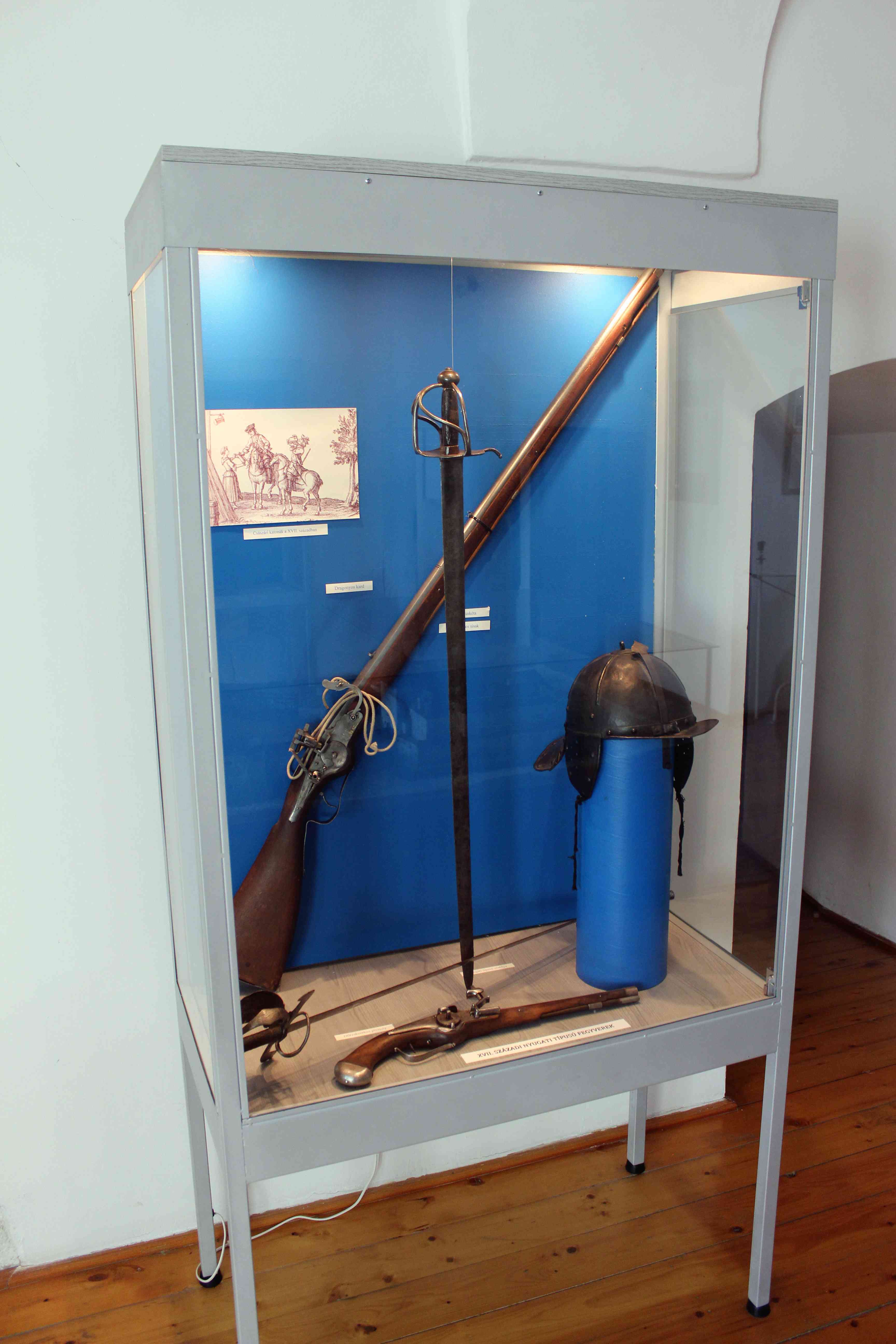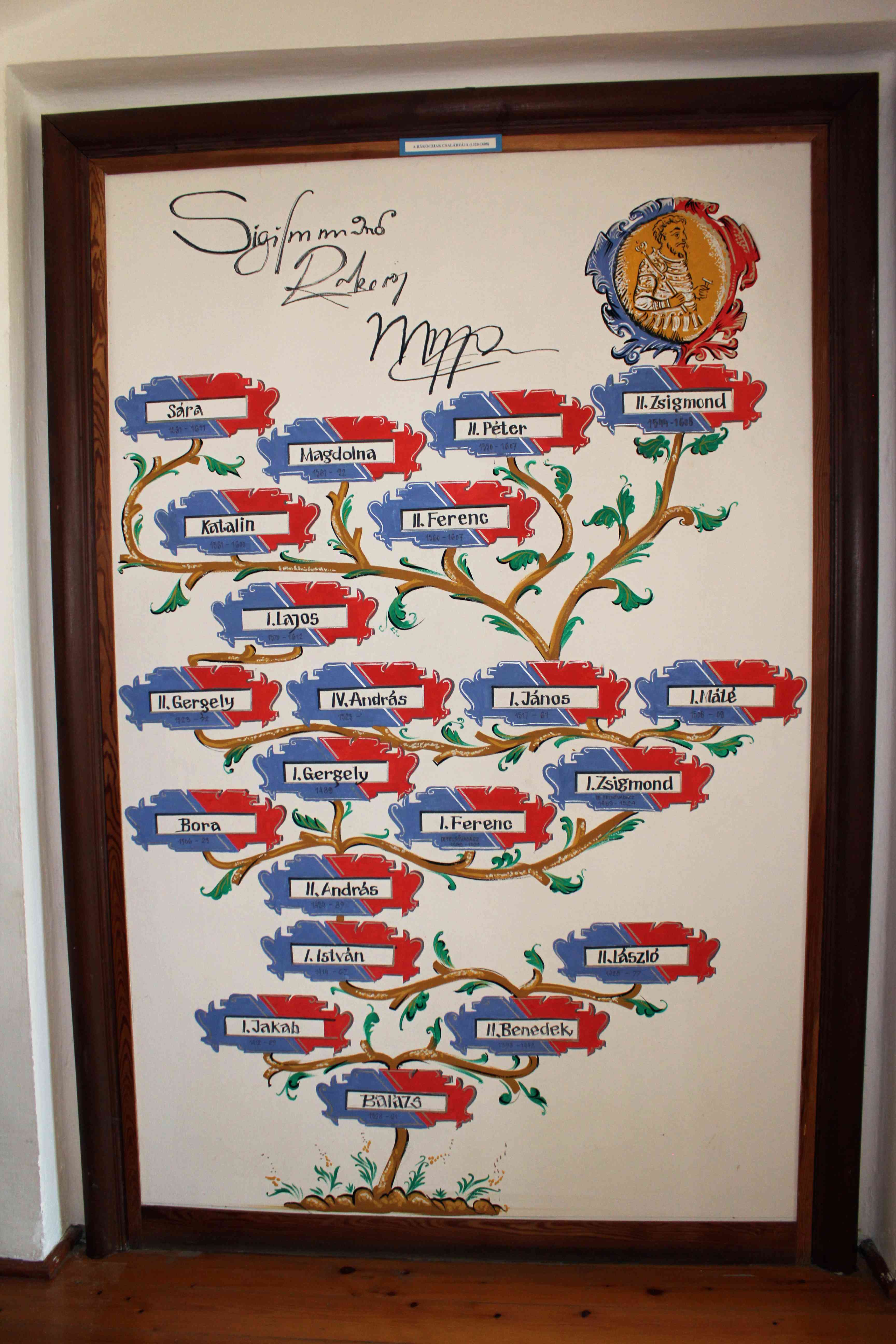 The history of the Rákóczi family, that became more and more wealthy and highly respected since the beginning of the 17th century, and the history of the market town Szerencs in the Hegyalja are connected.
The history of the Rákóczi family, that became more and more wealthy and highly respected since the beginning of the 17th century, and the history of the market town Szerencs in the Hegyalja are connected.
The Rákóczi family is the descendant of the Bogát-Radvány family. The name Rákóczi was first used in 1328 by a member of this family with the first name Balázs. for several centuries their primary residence was Zemplén county.
The wealth, and therefore the respect and influence of the family was established by Rákóczi Zsigmond. He made the comprehensive political carreer of his time. He was born in 1544 in a family of lower nobility, and became the owner of significant lands, castles and fortresses as a result of intelligent financial strategies and his andvantegous marriages. In the last years of his life he was elected the Prince of Transylvania.
By the end of the 15th century Szerencs received the rank of a market town, and in the times of the turkish invasion it had an important geographic and strategic role. Because of the fortress, built by Némethy Ferenc, the captain of the castle in Tokaj, and the towns position in the wine-growing area, Szerencs had an important function in the region. Rákóczi Zsigmond received the landed property of Szerencs, that was cut out of the property of Tokaj as a pledge in 1583, and in 1603 it became the terminal property of the family. Zsigmond built a fortress here, the first castle of the family. His sons, György, (who also was the Prince of Transylvania), Zsigmond and Pál were born here. For several decades (until 1616) Szerencs was the primary residence of the family, and the centre of the Rákóczi properties. As he requested in his last will, the first Rákóczi, who was the Prince of Transylvania, was buried here.
Szerencs also had an important role in the life of his son, Rákóczi György the First, because he was born and raised here. After he married, he moved to Sárospatak and this town became his residence. After these events he still had an eye on the fortress of Szerencs, which was the centre of the properties and military actions. After the siege of 1644 to Szerencs, he decided to reconstruct the castle.
At the time of Rákóczi György and his descendants the family became very wealthy, with a lot of money and properties, and as a result the importance of Szerencs faded. Until the end of the century garrison resided in the castle, but after the turkish invasion came to an end, its function as a border castle ceased. It still had an economical function, and was used as a hunting seat by the members of the family.
Rákóczi Ferenc the Second spent much time in the castle, now without a garrison. The building had an important role again in the Rákóczi’s War of Independence (the uprising against Austria) the Prince and his company resided here often in 1708 and 1709, and he also ordered the rebuilding of the castle.
A few years after the treaty of Szatmár, in 1715 the Habsburg family, emperor of Austria decided over the fate of the Rákóczi properties. The part of Rákóczi Ferenc was confiscated, but his sister, Julianna could keep the other half of the mighty fortune. This way Rákóczi Julianna, and the family of her husband, the Aspremont inherited half of the Szerencs property. Later the owners changed, but the memory of the Rákóczi didn't fade in the centuries, the castle was and still is known as Rákóczi castle. The inhabitants of Szerencs are proud of this tradition, and are eager to keep the memory of the great historical family.
Our permanent exhibition displays the time of the Rákóczi using original objects, mostly found in excavations, and recontructions. Out visitiors can viewpersonal items, weapons, ceramic tiles, and the ceremonial dresses of the Prince and his second wife, Gerendi Anna. We also demonstrate the different stages of the construction of the castle, the most important object in this regard is our model of the fortress.


